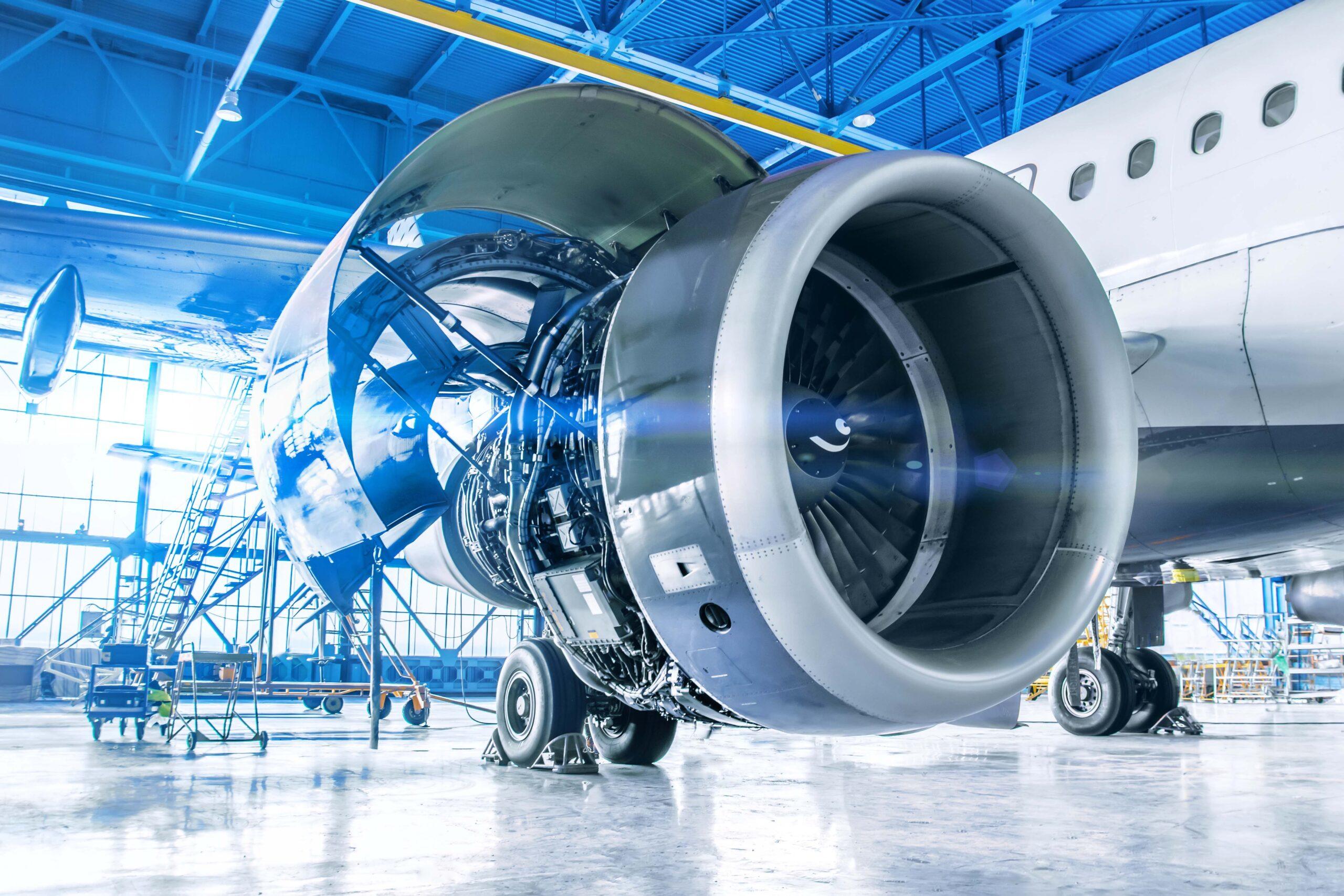The Digital Co-Pilot: A Deep Dive into the Predictive Maintenance Industry

The Predictive Airplane Maintenance industry is a highly specialized, data-intensive, and safety-critical sector of the global aerospace ecosystem. It is an industry that operates at the cutting edge of data science, machine learning, and aeronautical engineering, with the singular goal of making air travel safer and more reliable. The industry's profound impact on the operational and financial performance of airlines is a key reason for its projected growth to a market valuation of $15.14 billion by 2035. This expansion, advancing at a strong CAGR of 9.57% during the 2025-2035 forecast period, underscores the industry's successful transition from a niche analytical exercise to a mainstream, mission-critical operational philosophy for modern aviation.
A defining characteristic of the predictive airplane maintenance industry is its absolute dependence on access to massive and high-quality data. The predictive models are only as good as the data they are trained on. This is why the industry is dominated by the original equipment manufacturers (OEMs) of the aircraft and engines. They are in a unique position, as they have access to the aggregated, anonymized flight and maintenance data from the thousands of aircraft they have produced that are in service around the world. This massive, fleet-wide historical dataset is an invaluable asset that allows them to train their machine learning models to recognize even the most subtle and rare failure patterns, creating a powerful data-driven competitive moat that is nearly impossible for a third party to replicate.
The industry's workforce is a unique and highly sought-after combination of different expert skill sets. It requires a large number of data scientists and machine learning engineers who are experts in time-series analysis, anomaly detection, and predictive modeling. These individuals are responsible for building and validating the complex algorithms that are at the heart of the technology. They work hand-in-hand with another critical group: the domain experts. These are the aeronautical and systems engineers who have a deep, hands-on understanding of how an aircraft and its various components function and fail. The successful collaboration between these two groups—the data scientists who understand the math and the engineers who understand the physics—is the key to creating a truly effective and reliable predictive maintenance system.
The industry also operates within the extremely rigorous and highly regulated safety culture of the aviation world. Any new maintenance procedure or technology must go through an exhaustive validation and certification process with aviation authorities like the FAA and EASA before it can be widely adopted. The predictions made by the AI models must be explainable, and the level of confidence in each prediction must be clearly quantified. The industry is not about replacing human mechanics and engineers with an AI; it is about providing them with a powerful new tool to help them make better, more informed decisions. This focus on augmenting human expertise, rather than replacing it, within a strict safety-first framework is a core principle of the industry.
Explore Our Latest Trending Reports:
- Art
- Causes
- Crafts
- Dance
- Drinks
- Film
- Fitness
- Food
- Jogos
- Gardening
- Health
- Início
- Literature
- Music
- Networking
- Outro
- Party
- Religion
- Shopping
- Sports
- Theater
- Wellness
